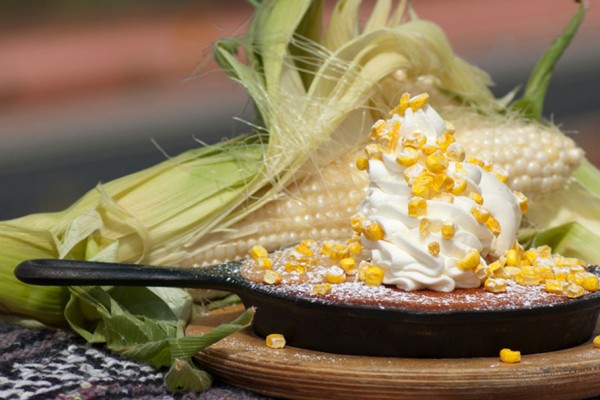Continued (page 3 of 4)
Sidney says he’s saved his drawings and collected them in a notebook, which he plans to give his daughter who has recently shown an interest in silversmithing. He wants to start teaching her the trade next year. “It won’t be too long before I retire,” he says, laughing.
As for the future of silversmithing, Sidney says he’s not concerned that the price of materials will drive the younger generation away from the art form. Second Mesa is known for producing world-class silversmiths, and Sidney still gets excited when he hears about the success of a former student. “Silversmithing is still growing. There are no jobs at Hopi – there never have been,” he says. “We are all born with a talent; you just need to apply it using your own two hands.”
Rainy Naha: Potter
Rainy Naha sits at a small table covered with a baby blanket in her living room on First Mesa. She picks up a walnut-sized piece of gray clay and breathes on it, eyes closed. “I give my own breath to the pottery to give it life,” she says. Throughout the course of an afternoon, it’s not the only time we’ll witness Rainy bestowing a piece of herself to her clay vessels. She paints with brushes made from yucca plants and hair from her daughters when they were little girls. She says a little prayer above each piece of pottery before packing it to send home with a collector. Creating award-winning pottery clearly is not just a job – Rainy’s pots are members of her family.
“I think pottery is the most purest art form,” says Rainy, 62 and from the Spider-Stick Clan. “It’s indigenous. I don’t have to leave my backyard to gather my materials.”
Rainy’s mom, accomplished potter Helen “Featherwoman” Naha, learned her ceramic skills from her mother-in-law – even though that’s a tribal taboo – because her own mother was blind. While the majority of Hopi create golden-hued pots called “gold ware,” the Naha women create “white ware,” which requires several layers of sandstone slip to create a white color. As a child, Rainy helped her mom by harvesting clay and sanding the pots. She made her first piece of pottery when she was 13. She attended school in Utah through a Mormon Placement Program and went on to study archaeology at Brigham Young University. Rainy returned to Hopi 30 years ago, studied pottery with her mom for about 10 years until her mom passed away and has been working as an artist ever since.
Rainy has two signature pottery designs: one that depicts the sun, moon and stars that she calls her solstice design, and “embracing hawks,” which features 10 interlocking raptors. She also paints tumbling parrots and symbols representing the four directions, water, man and woman, tapestry, night and day, clouds and migration. A long-distance runner, Rainy picks up pottery shards when she’s running on the reservation and uses the shards for inspiration (she always returns the shards to their original location when she’s done). She paints her pottery with beeweed, Hopi mustard, hematite and different types of clay. She says if she’s working on a new design, she will draw it out on the pot first. If it’s a design she knows, she uses the creases in her hands as a form of measurement.
Rainy’s other tools are nearly as humble. The walls of her bowls, vases and seed bowls are paper-thin thanks to a gourd and a tongue depressor. To sand, she uses basic sandpaper or a hunk of sandstone found on the mesa. The pots are burnished using a piece of agate inherited from her grandmother. And though she only creates about 25 pots each year, she tries not to let any of her ceramics go unfinished.



